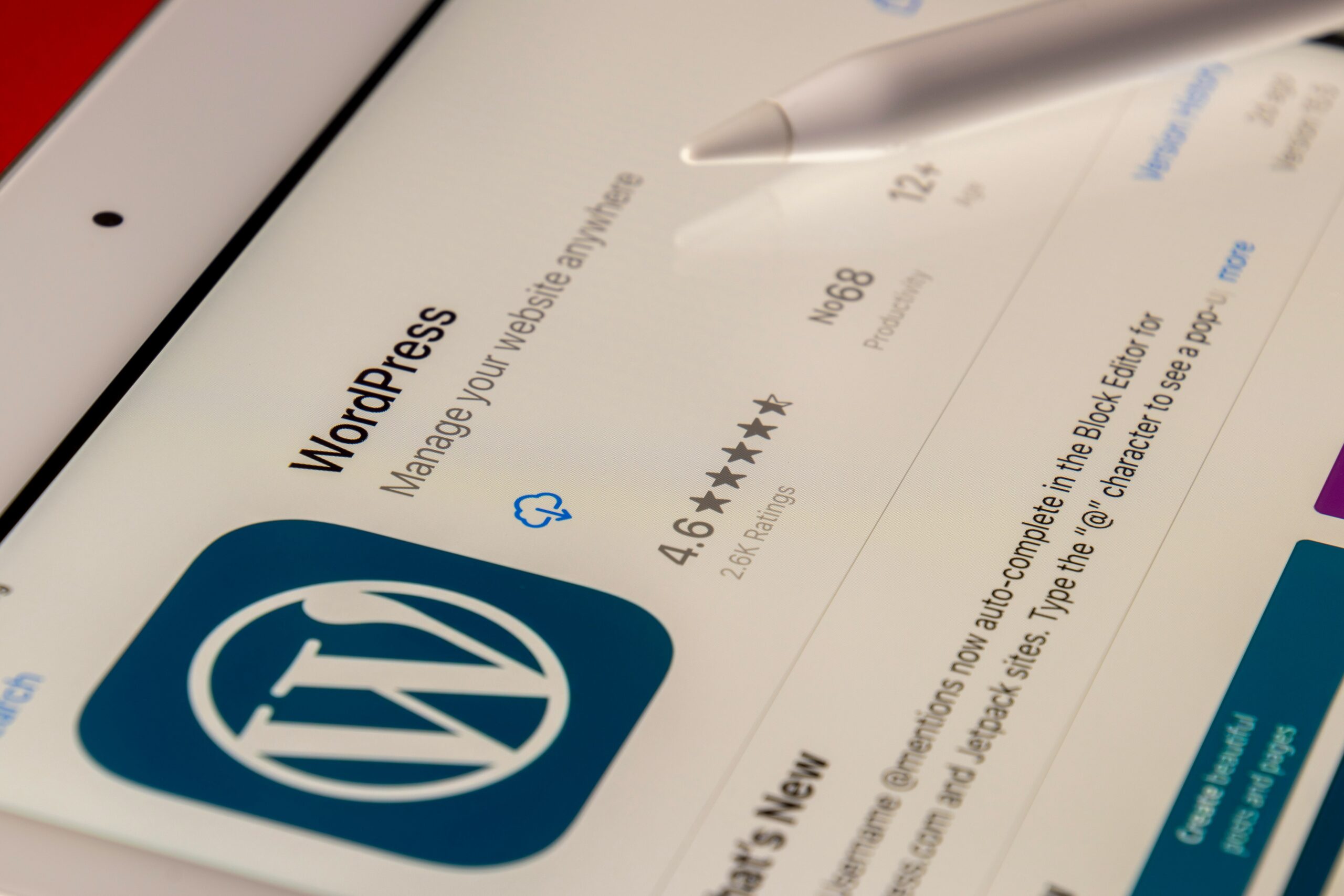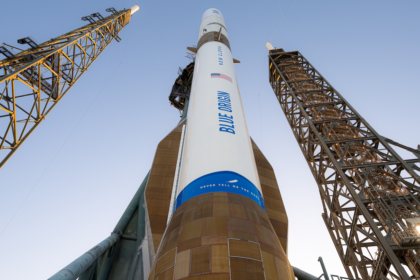European tech leaders Ericsson and Nokia have teamed up with Berlin’s Fraunhofer Heinrich Hertz Institute (HHI) to develop the next generation of video coding standards, aimed at transforming mobile communication, streaming, and immersive media for the 6G era.
The partnership marks the first time the three have combined their video codec research expertise, resulting in a new codec that delivers significantly higher compression efficiency than current standards (H.264/AVC, H.265/HEVC, H.266/VVC), while maintaining low complexity and improving energy efficiency.
Their joint research has been submitted to global standardization bodies, the ITU-T Video Coding Experts Group and ISO/IEC Moving Picture Experts Group (MPEG), and was positively evaluated. This step sets the foundation for the next video coding phase, expected to roll out between 2029 and 2030.
The upcoming standard will support diverse video-based applications such as streaming, gaming, 3D contents, AI-generated media, and industrial uses, offering low-latency, scalable, and high-quality experiences.
Related: Anthropic Expands Google Cloud Partnership to Power Next-Gen AI with One Million TPUs
Ericsson’s Head of Research, Magnus Frodigh, noted that the partnership demonstrates Europe’s strength in 6G innovation, while Nokia’s Ville-Veikko Mattila emphasized embedding openness and sustainability in the next wave of digital media. Prof. Thomas Wiegand of Fraunhofer HHI added that the collaboration showcases Europe’s leadership in shaping the global future of video technologies.






